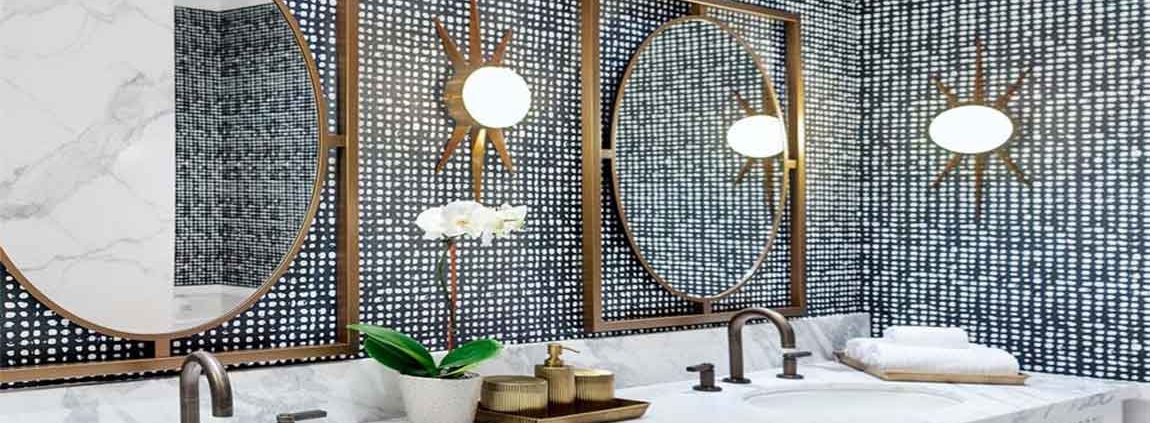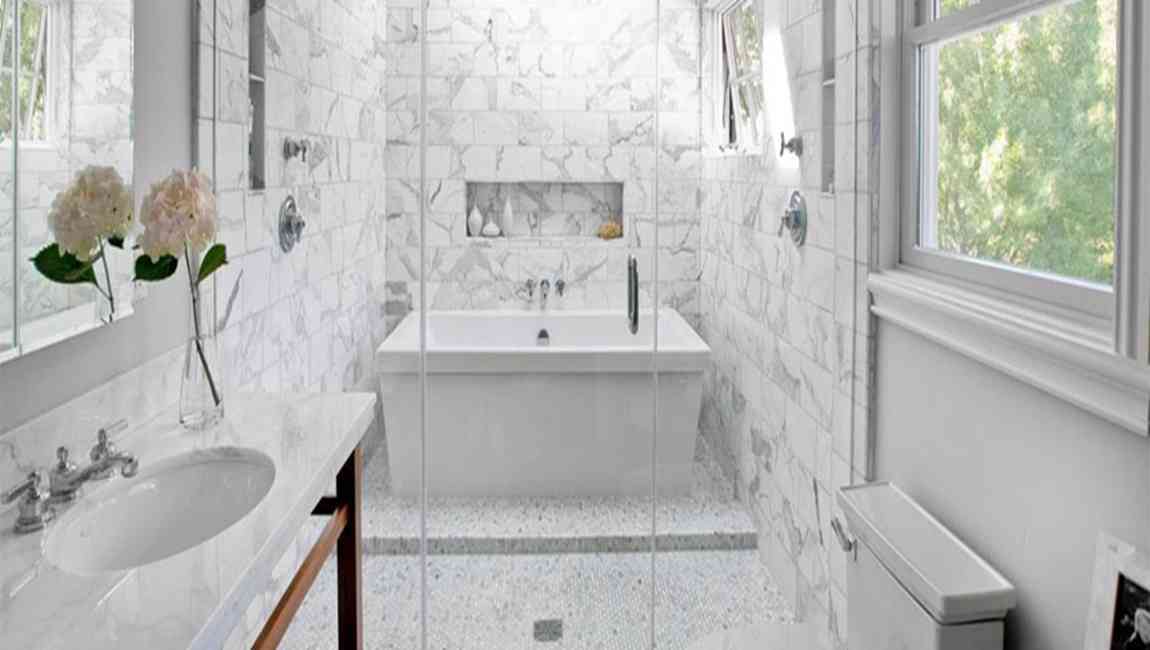How Preparing the Wax Floor?
Determine whether the floor has already been treated. You may want to wax a floor that has already been treated, since these surfaces do wear down and get dirty eventually. First, find out which type of product was used: natural ones called wax, or synthetic ones called finish. If the previous owner is unable to tell you, you’ll need to examine the floor yourself:
If the floor is not shiny or glossy, and you can feel the original material with your finger, it has not been treated. Wipe a small section of the floor with a cloth dipped in mineral spirits or paint thinner. If the cloth turns yellow or brown, your floor has been waxed. If the cloth does not pick up any residue, your floor has been finished.
Choose a wax or finish. If your floor has never been treated, you can select any wax or finish product intended for the material your floor is made from. Polyurethane is a popular, glossy option, but each product will appear slightly different, so do your research and determine which look you want. If your floor has already been treated, you’ll need to choose the correct option:
Wax is difficult to fully remove, since it soaks into the wood. This makes the floor unsuitable for a synthetic finish unless you hire a professional to strip the wax fully, but new wax can be applied without difficulty after stripping, or even simply applied on top if the old layer is only scratched, not dirty.
If the floor has been finished, you can go over it with a floor machine with scrubbing pad attachment to remove part of the finish, then apply that same type of finish to improve the appearance. If you can’t figure out what type it is, or if you want to use a different type, you’ll need to strip the old finish off entirely first.
















